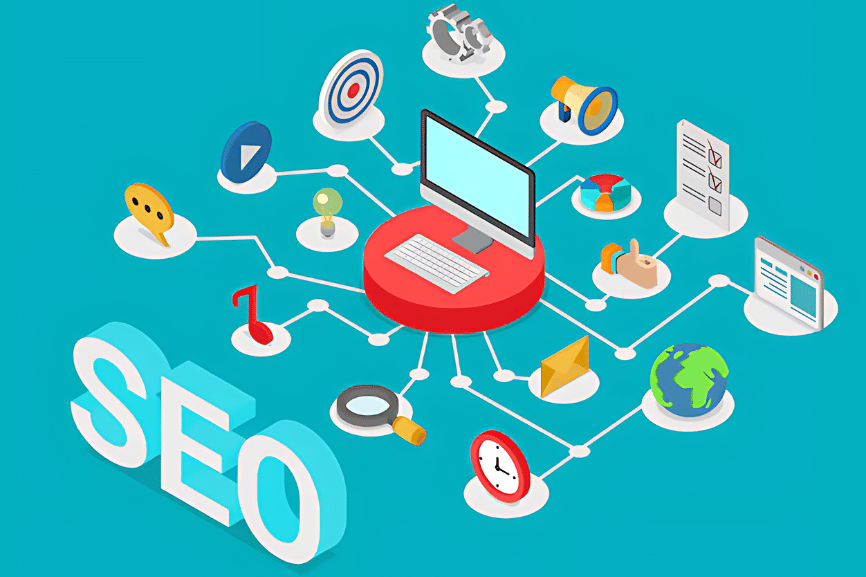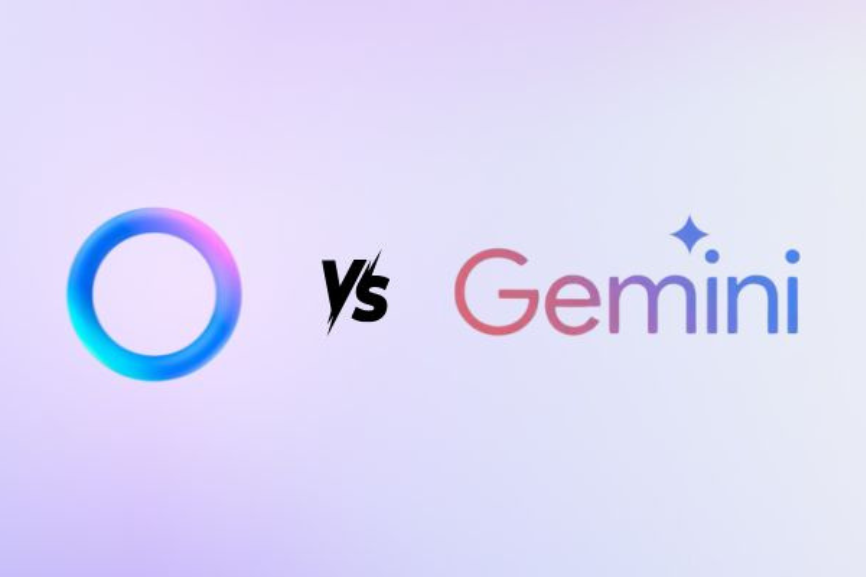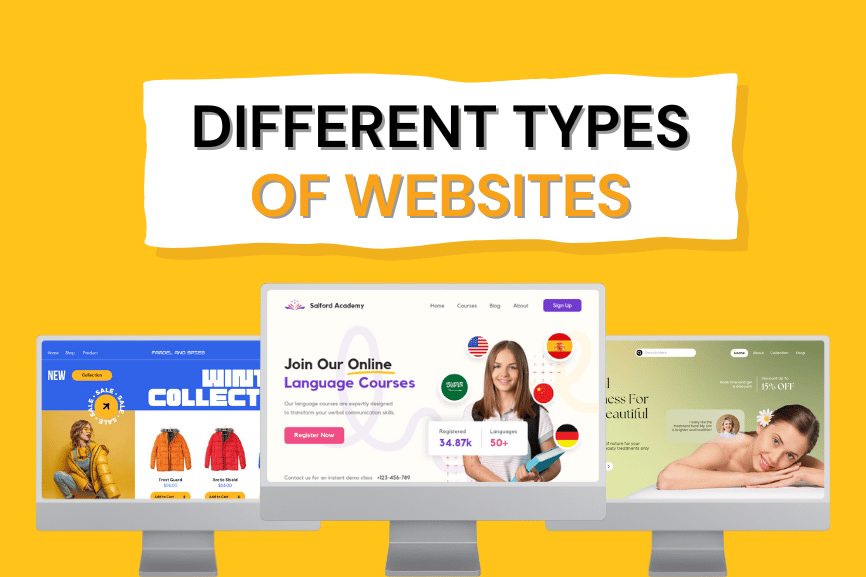AI in the Tech World: A Transformative Force
Artificial Intelligence (AI) is transforming the tech landscape, touching every part of our digital lives. Let’s explore the key areas where AI is making a major impact: Core AI Technologies Driving Innovation Machine Learning: The backbone of AI, allowing systems to learn from data without needing explicit programming. Natural Language Processing (NLP): Empowers computers to understand, interpret, and generate human language. Computer Vision: Enables machines to “see” and interpret visual information from the world. AI Applications Across Industries Search Engines: AI enhances search results, providing more relevant and personalized information. Social Media: Powers recommendation algorithms, content moderation, and personalized advertising. E-commerce: Optimizes product recommendations, personalizes shopping experiences, and predicts customer behavior. Healthcare: Assists in drug discovery, medical image analysis, and personalized treatment plans. Finance: Detects fraud, manages investments, and offers financial advice. Autonomous Vehicles: Enables self-driving cars to perceive their environment and make decisions. Cybersecurity: Helps detect and respond to cyber threats in real-time. Emerging Trends in AI Generative AI: Creates new content, such as text, images, and music. AI for Good: Tackles global challenges like climate change, poverty, and healthcare. AI Ethics: Growing importance as AI becomes more powerful. Challenges and Opportunities AI presents vast potential but also brings challenges like job displacement, privacy concerns, and bias. With responsible development and ethical guidelines, AI can be a force for good, driving innovation and improving lives. Additionally, AI’s rapid evolution is opening new frontiers in research and development, paving the way for a future where technology and humanity coexist harmoniously.
AI in the Tech World: A Transformative Force Read More »











